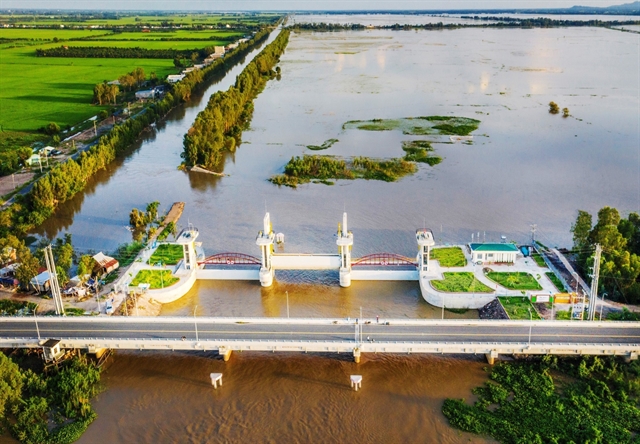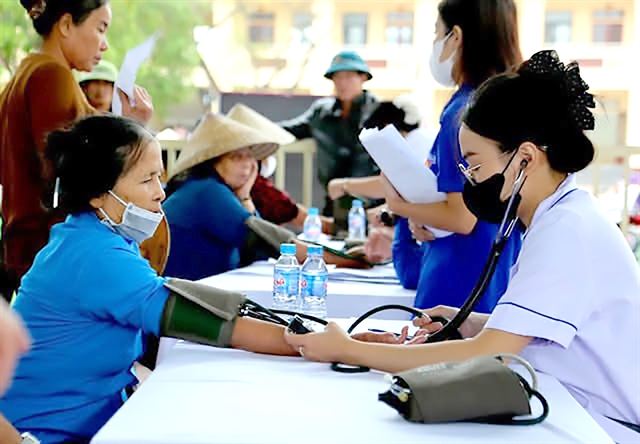 World
World

The latest Ebola outbreak in Liberia, the last country still affected by the deadliest flare-up in the history of the feared tropical virus, is to be declared over on Thursday.
MONROVIA — The latest Ebola outbreak in Liberia, the last country still affected by the deadliest flare-up in the history of the feared tropical virus, is to be declared over on Thursday.
Liberia will have passed the World Health Organization (WHO) threshold of 42 days -- twice the incubation period for the virus -- since the last known patient tested negative for the second time.
The Ebola epidemic began in Guinea in December 2013 and killed more than 11,300 people, devastating economies and health systems in the worst affected countries in West Africa and testing the world’s capacity to respond to a global health emergency.
Previous declarations announcing the end of Ebola flare-ups in West Africa have been followed by the emergence of new cases.
The risk of infection lasts beyond the 42-day period because the virus can survive in certain bodily fluids of survivors, particularly sperm, where it can linger up to a year, according to experts.
The WHO declared an end to the latest Ebola outbreak in Guinea last week, but warned a recurrence of the killer haemorrhagic fever remained a threat.
At its peak in 2014, the Ebola outbreak sparked anxiety about a possible global pandemic and led some governments to threaten or unilaterally enforce travel bans to and from the worst-affected countries.
In all, the virus affected 10 countries, including the United States and Spain, with more than 28,000 cases reported -- virtually all in Guinea, Liberia and Sierra Leone.
In late March the WHO said the Ebola outbreak no longer constituted an international emergency, but new cases emerged in Liberia just two days later.
The WHO has drawn biting criticism for its delayed response to the Ebola crisis and its failure to identify the outbreak.
Last month it got the go-ahead for a sweeping shake-up, including a $100-million war chest to battle future emergencies following the Ebola fiasco.
The World Bank also announced a new programme to mobilise funds quickly against virulent disease outbreaks.
The insurance will cover outbreaks of several classes of infectious diseases most at risk for epidemics. — AFP




